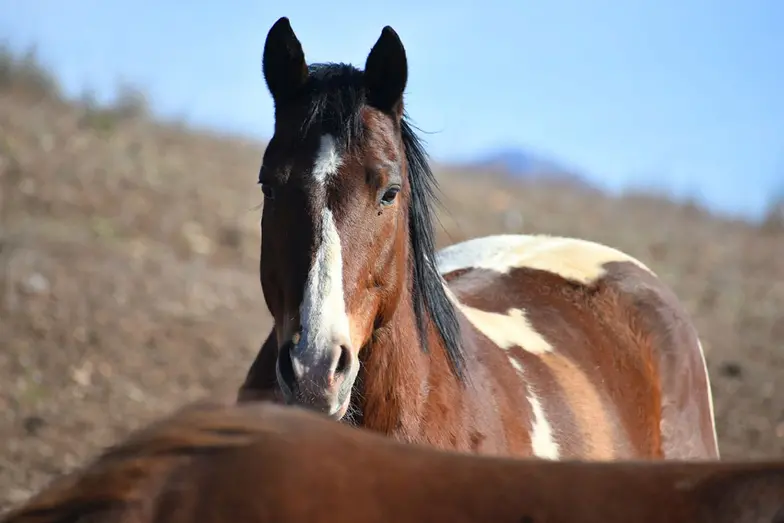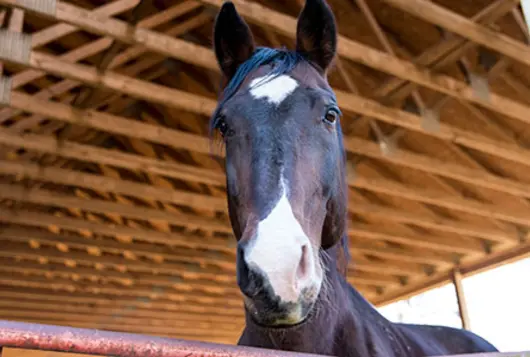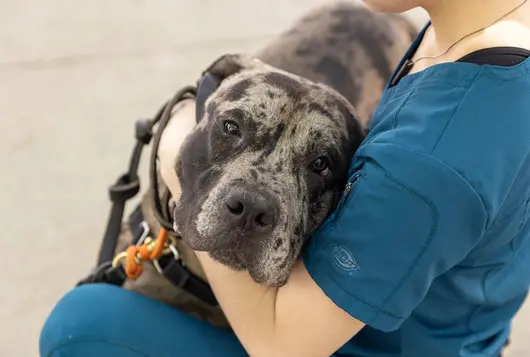Top Tips For Vets to Prevent Toxicity in Equines

We give tips to prevent toxic exposures frequently in small animals, but horses are at risk of getting into things that they shouldn’t as well. For horses, we focus on things that are given to them or that are left in their environment, as they tend to have less of an opportunity for mischief with household toxins. Here are a few things that you may want to incorporate into your practice.
- Set up a time to evaluate facilities and look for hazards on the farm annually.
- Walk pastures on a regular basis to check for toxic plants and safety hazards.
- Annual pasture walks can help spot toxic plants and other hazards in the pasture. Toxic plant ingestion is more likely when forage is scarce in the early spring, fall, and midsummer. Of these times, early spring when there isn’t a lot of growth in the pasture yet is prime time for horses to ingest toxic plants, as many of the early spring plants are toxic and there aren’t a lot of other options. Drought conditions where plant material in pastures is scarce and late fall are other times where toxic ingestions are more likely.
- Be sure to notice if there are any trees whose limbs overhang pastures. These limbs could fall into the pastures during storm, leading to unexpected opportunity for toxic exposures.
- Don’t place rodenticides in areas where horses can reach them.
- Rodent control is an important part of barn management. However, rodenticides should not be placed out in any areas that horses have access to, including pastures, dry lots, stalls, and alleyways. Most rodenticides are grain based and horses will readily eat them. These baits can also be moved by mice and rats. Use caution when using any rodenticides around horses. Snap traps, barn cats, and other humane methods of rodent control can also be considered.
- Review all the feed, supplements, and medications that the horse is receiving.
- Talk with your clients about safe practices for medicating horses.
- Sharing medications between horses in the barn can be common. Educate your clients on why it is important to only use prescription medications for the horse and the condition for which they were prescribed.
- Evaluate all supplements or feeds that are being fed.
- Often a wide array of supplements are being fed, and many of them may contain the same or similar ingredients or fortifications, resulting in the horse being over or under supplemented with trace minerals or vitamins.
- Review any supplements that your clients are using and ensure that they are appropriate for the horse’s lifestyle, underlying medical conditions, weight, age, and reproductive status. Additionally, ensure that they are being used per labeled directions (more isn’t always better!). Finally, ensure that they won’t interact with any medications that the horse is currently receiving.
- Discuss any supplement that your clients are thinking about starting to evaluate if they are the right fit for that specific horse.
- Ensure that medications and supplements are safely stored in places that horses can’t reach them.
- Educate your clients that if they are going to mix them in with grain or other feed, make sure that other horses (or curious dogs visiting the barn) can’t finish up this treat as well. Most medications and supplements have added flavors or may be pelleted with a grain base to make them more palatable, and horses will readily consume an overdose. Locking them in a cabinet is best, in case of an accidental escape out of stalls and into common areas. Common calls to the poison control center involving horse barns include:
- Horses that have gotten out of their stalls or paddocks and ingested several pounds of supplements.
- Dogs that have ingested horse feed with medications in them, or dogs that have ingested medication that was spat out by a horse or have ingested the feces of horses that were recently dewormed with an avermectin.
- Ensure that all supplements and feeds being fed are formulated specifically for horses. If horses are sharing dry lots, pastures, or other common feeding areas with cattle, ensure that none of those feeds contain ionophores, as even a single feeding can be deadly to horses.
- Take proactive steps to prevent medication errors
- Double check every dosage, medication strength, and the name on the label prior to drawing up any medications.
- Be especially cautious of medications with similar sounding names and in similar packaging.
- Label all syringes as the medication is drawn up.
- Double check each syringe and confirm the medication name, concentration, amount, and route of administration prior to administering the medication.
- Use leading zeros whenever appropriate and avoid using trailing zeros, especially when handwriting prescriptions or medication orders.
- 0.5 mg is more clear than .5 mg, which may be misread as 5 mg.
- 5 mg is more clear than 5.0 mg, which may be misread as 50 mg
We have lots more on this subject:
Topics:
Toxicology & Poison Control
Type:
Tips




